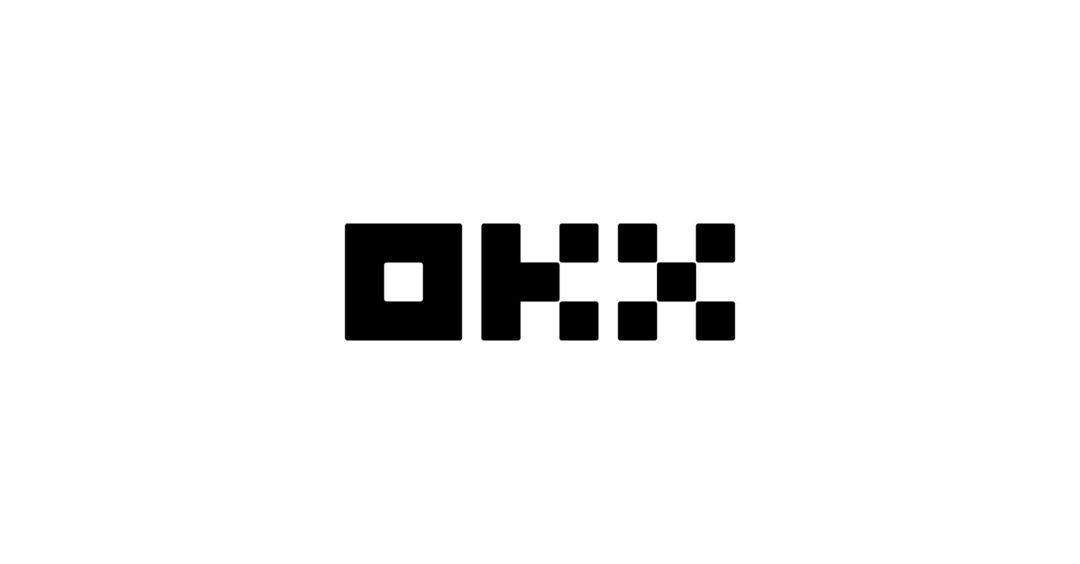3 innovative cryptos that offer real tools

With many thousands of cryptocurrencies out there and new ones coming online every day, it can be difficult to cut through the noise and decipher which ones have real value and which ones will soon be forgotten. New cryptos with sensational names and low token prices but little utility are a dime a dozen.
To separate the wheat from the wheat and find cryptocurrencies with real long-term staying power, look for differentiated projects that offer real utility, build innovative solutions, and help tackle real problems. Here are three cryptos that do just that: Stellar (XLM 3.43%), Arweave (YEAR 4.85%)and Chain link (LINK 6.77%).

Image source: Getty Images.
1. Stellar
Neil Patel: The current financial system is a web of complications, consisting of fee-charging intermediaries that make life difficult for those at the lowest end of the socio-economic spectrum. For example, an immigrant in the US who wants to send money home to India has to pay a fee of more than 5% of the amount transferred. In addition, the recipient must wait as long as five days to receive the money.
Enter Stellar, a crypto project launched in 2014 whose goal is to make it easier and cheaper for individuals to send money across borders. The blockchain’s token, called Lumens, can be purchased with various fiat currencies, then sent to someone in another country on the Stellar network, and then converted to the recipient’s home currency. Transactions are cheap and can be completed in seconds.
This is a significant improvement compared to sending money via traditional money transfer services. And according to the World Bank, the market for remittances sent to low- and middle-income countries will reach 630 billion dollars this year. By using the Stellar network, the amount of money saved by not paying fees to middlemen could be a game changer for those in poorer countries.
Stellar has secured a partnership with IBM and MoneyGram, which adds to its legitimacy. In addition, the Stellar Development Foundation, the non-profit organization spearheading Stellar’s growth, introduces smart contracts on the platform, which should increase functionality.
Because better integration of the global financial system while lowering fees is such a huge opportunity and an important enabler of economic empowerment, it’s no surprise that Stellar has long had a direct rival in Ripple. Although it is currently in a legal battle with the Securities and Exchange Commission, Ripple is trying to achieve the same as Stellar, focusing on banks, and also has its own set of partnerships with a wide range of financial institutions.
Despite the competition, the case for Stellar Lumens to one day now $1 per token should lead investors to put this innovative crypto on their watch lists.
2. Arweave
RJ Fulton (Inheritance): Founded in 2017, Arweave is a blockchain-based solution for permanent data storage. Its ultimate mission is to provide a censorship-resistant database that ensures that all types of data – including documents, reports, statistics and images – cannot be manipulated for ulterior motives.
The process of storing data on Arweave is actually quite simple. Anyone, anywhere, can upload data to blockweave – Arweave’s name for the blockchain – by buying gigabytes with the AR coin. There is a one-time fee for permanent, immutable storage.
Arweave ensures that data is stored permanently throughout the mining process. To successfully mine a block and earn a reward, miners must prove that they have data from not only the previous block, but also another randomly selected block. The more data miners store, the more likely they will earn the block rewards.
The data storage model that Arweave provides is slowly gaining ground as the further development of Web3 unfolds. Web3 is a term used to describe the next evolution of the internet. In our current Web2 world, the internet is centralized around companies that profit from your data. With Web3, the internet becomes decentralized, permissionless and completely open source.
For Web3 to continue to evolve, a data storage protocol is needed to house all information that will not be stored on the servers of private companies. This is where Arweave shines. Its unlimited permanent storage capacity is the perfect home for all Web3 applications.
Other blockchains such as The graph, Close to protocol, Polygon, Avalanche, Solanaand Polka dot all currently integrate with Arweave to offload transaction data from their own blockchains and store it on blockweave.
Even more interesting is the prospect that the world’s second most valuable cryptocurrency, Ethereum, can be integrated with Arweave. Part of Ethereum’s vision is to streamline the amount of data on the blockchain so it can process transactions faster. It is extremely speculative at the moment, but there is documentation on Ethereum’s website that discusses the potential of using a decentralized storage solution to offload data from the blockchain. The document mentions Arweave directly as a possible candidate.
3. Chain links
Michael Byrne (Chainlink): Most cryptocurrency proponents recognize smart contracts as one of the best use cases for crypto in the long term. But there is one problem – blockchain-based smart contracts are limited when they do not have access to external data. That’s where Chainlink comes into play.
Chainlink is a so-called oracle that connects blockchains to the outside world by acting as an additional layer of infrastructure between smart contract platforms such as Ethereum and external data sources, thus providing them with reliable real-time data. For example, Chainlink can provide a smart contract with the prices of stocks, commodities, currencies or cryptocurrencies. It can even be used to provide smart contracts with accurate weather information.
This is important in several ways. As decentralized finance grows, it is important to have reliable price information about stocks, currencies or even other cryptocurrencies to ensure that smart contracts based on things like futures are executed correctly. As more money flows through smart contract platforms, having reliable and secure data will be critical. Smart contract protocols such as Aave, Phantomand Sushi already using data feeds from Chainlink.
As more companies and organizations around the world begin to adopt blockchain technology, providing these blockchains with reliable information about variables such as weather conditions or data from Internet-of-Things-enabled devices will become increasingly important, and may even help make the world a better place. For example, the World Economic Forum considers oracles like Chainlink an important tool to fight climate change, and gives the example of using smart contracts and data from satellites to reward farmers who restore lands with regenerative agriculture. Oracles can be used to provide self-service, smart contract-based crop insurance to farmers in developing countries who do not have access to traditional insurance.
Whether enabling people around the world to send and receive money seamlessly, creating a new and immutable way to store data, or ensuring that smart contract platforms execute accurately based on reliable real-world data, these three innovative crypto projects provide significant utility . and is therefore likely to have long-term persistence.























